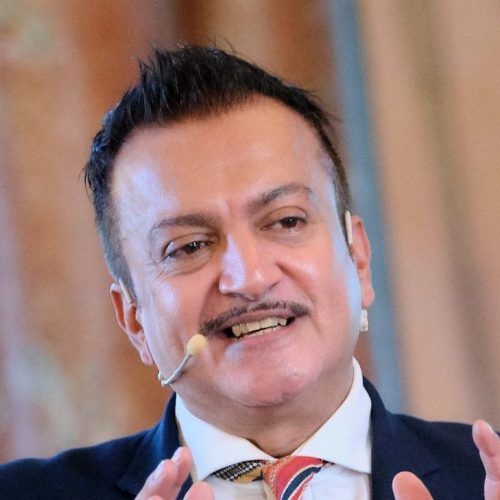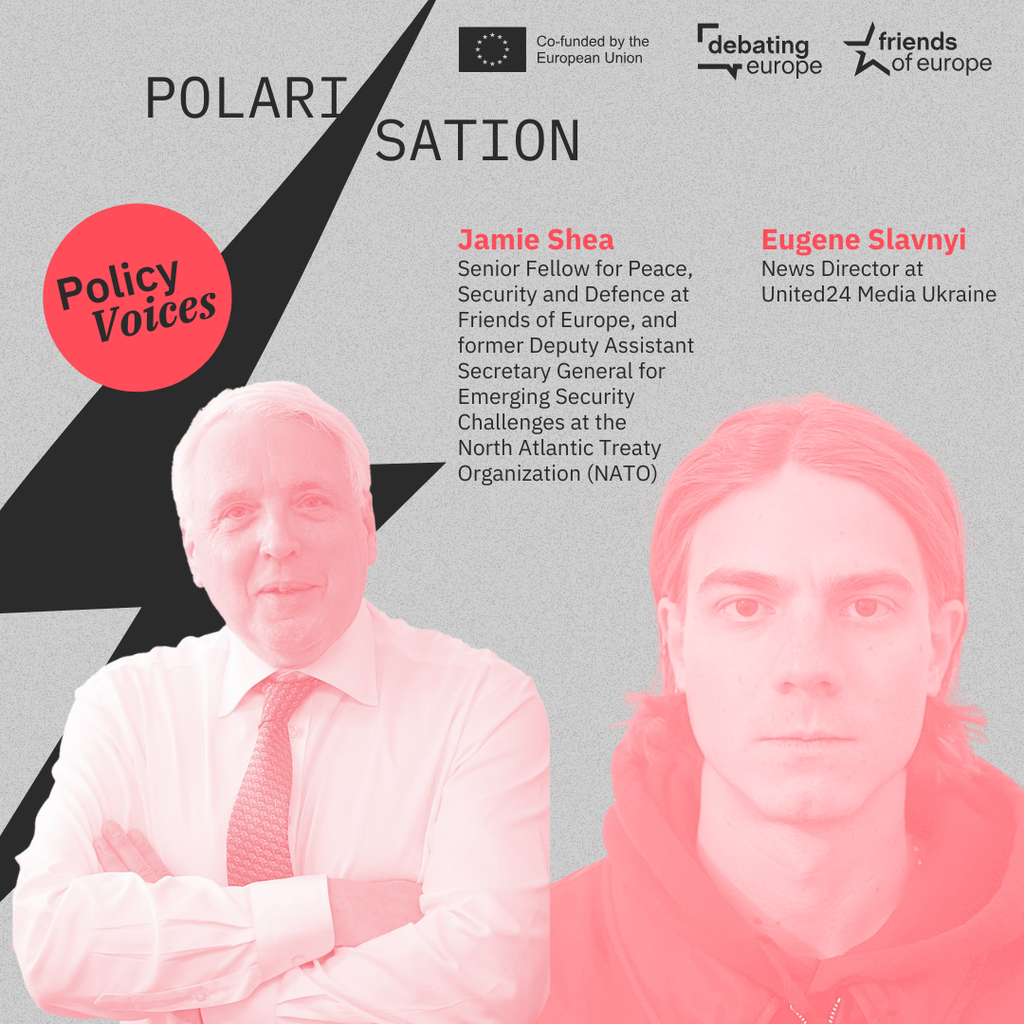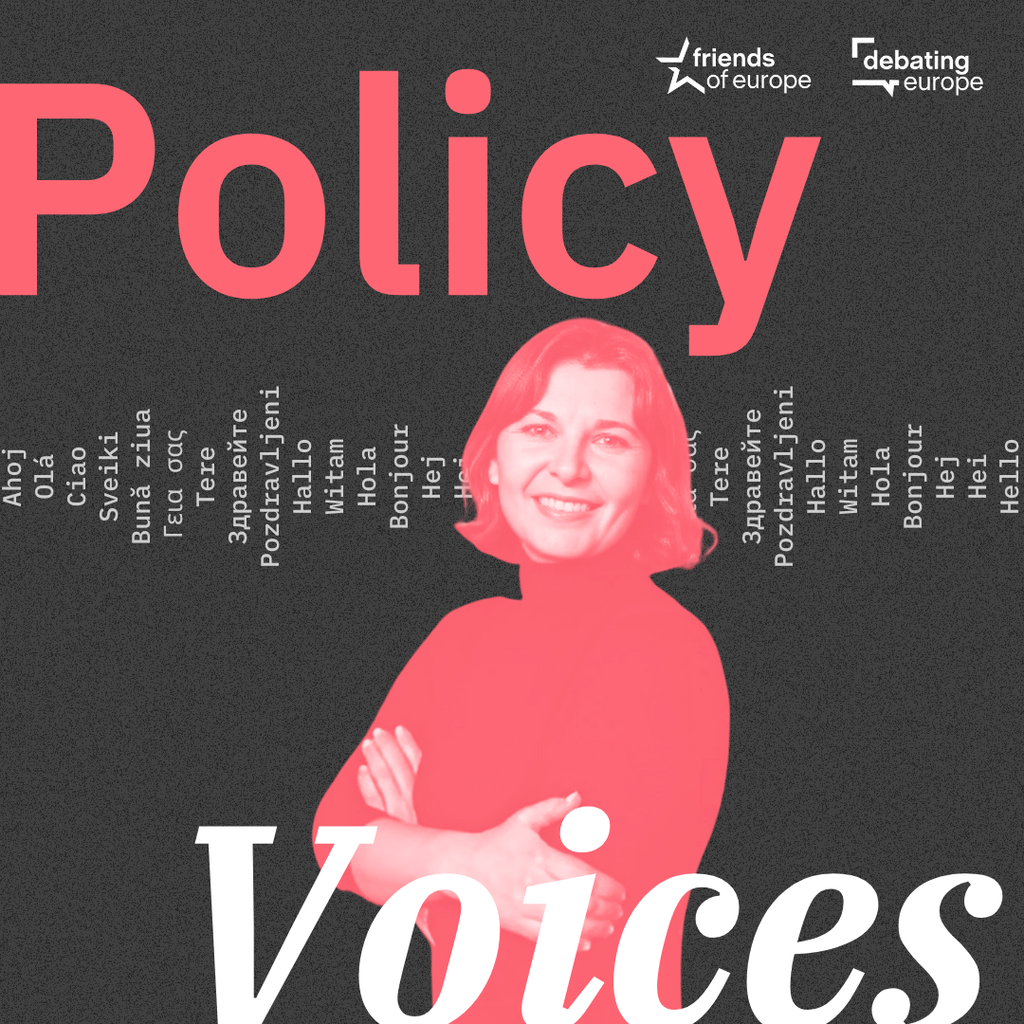From ambition to action: building Europe’s Defence Union
Past event In person

- Area of Expertise
- Peace, Security & Defence
Peace, Security & Defence

Chief Operating Officer and Chief Spokesperson of Friends of Europe
The G7 finance ministers met this month and agreed on something rather remarkable. As a result, we might have the makings of a global corporate tax framework.
Does this signal a victory for multilateralism or was it the only recourse for the richest nations, swimming in debt, with no way out but to do something extraordinary?
Money and security have always been the drivers of multilateralism, from the early 1800s when the great powers redrew the map of Europe at the Congress of Vienna through the 20th century when the Bretton Woods agreement of 1944 led to the creation of the World Bank and the International Monetary Fund. The United Nations was established in 1945 and the World Health Organization and NATO followed soon after.
Let’s not forget that the G7 itself was a product of economic concerns in response to the OPEC oil embargo in 1975.
Much of the current architecture was borne in an analogue age
Fast forward to 2021 and think about what has happened in the past 12 months – from attacks on the WHO and the World Trade Organization, to squabbling about who pays for NATO and the UN, resurrected borders and the emerging vaccine wars. The drum roll of this drama has been endemic disinformation, cyber-attacks and outrageous plays of unchecked authoritarianism.
The recent state sponsored annexation of a flight in European skies has left Belarusian President Lukashenko and his partner in crime with a sense that they got away with it. This is a fitting close to this portrait of our times.
Along with everything else on the plate of global leaders, there is an urgent question of whether the architecture of multilateralism is fit for purpose.
Much of the current architecture was borne in an analogue age; so too is a lot of the debate.
Digitalisation and climate change are major drivers of current and future change. Multilateralism will need to adapt and reform in order to stay relevant and in line with the agenda of these twin challenges. COVID-19 has unsettled so much, forcing us to think about how our societies work – and the efficacy of multilateralism. How well did multilateralism stand up to the test of a global health crisis? Is its architecture fit for our future global challenges?
COVID-19 and the economic crisis has laid bare the hyper-connected nature of our world
In 2019, the total GDP of G7 member states made up nearly 50% of the global economy, down from 70% three decades ago. It’s even less now, whilst Asia grows in strength. China’s stature is increasing along with its contributions – it now pays 12% of the UN budget compared to 1% in 2000.
In this new and emerging world order, separating multilateral institutions by issues of peace and security, trade and money, health and climate change just won’t cut it anymore. These areas are all interconnected and inextricably linked, and the sooner we realise this, the better. COVID-19 and the economic crisis has laid bare the hyper-connected nature of our world.
We need a multilateralism that cuts across all of these areas and operates within an institutional infrastructure that is able to work more effectively, with accurate global data and foresight that’s ready to cope, adapt and respond effectively to the multiple, connected and unpredictable threats that our world will face in the future.
Sanctions have become the policy tool of choice but often fail to inflict serious consequence. Guns, hackers and cyber terrorists are still for hire and certain governments don’t shy away from using unorthodox means to ‘unblock’ things. Threats to the world order are ever present, and digitalisation has upended all that we know as the basis of securing peace, security and defence. The current framework of multilateralism still needs to make sense of the impacts of digitalisation, while exploration and exploitation of space, the new frontier of our planet’s sustainability and security, simply add a new dimension to the future order of things.
The pace of technological and social change is outstripping the capacity of institutions to respond. Rethinking approaches and principles underpinning multilateralism is vital. The classic North-South, West-East dynamics, wrought with assumptions and unconscious biases about values, governance, democracy building and economic development, will need shaking down.
In order to reinforce multilateralism, we must reconstruct its architecture where necessary
Across the world, multilateralism will need to enable coalitions of the willing regionally. Strength built ‘locally’ can promote resilience, democracy and rule of law, alongside objectives of security, inclusive growth and global mutuality. Moreover, digitally connecting communities across different regions to form links, rooted in mutual understanding and recognition of similarities rather than differences, can better underpin and sustain modern multilateralism. We must not underestimate the power of people and community.
We will also need improved definitions of deterrents, climate justice and fair trade, international banking and lending, in addition to better policy thinking which aptly reflects the nexus of climate, digitalisation, trade, security and international relations.
Today’s biggest challenges cry out for international dialogue and cooperation, as the pandemic powerfully illustrates, and trust has emerged as the new currency of our times. Nevertheless, there are echoes to the times of the 1930s and 1940s around us and lessons from the past can help us understand the signals that we might be missing, albeit in a dramatically different world.
In order to reinforce multilateralism, we must reconstruct its architecture where necessary, to ensure that it can deliver in years to come.
Past event In person

Next event

Past event Online

Past event Online





Stay informed
We use cookies and similar technologies to adjust your preferences, analyze traffic and measure the effectiveness of our campaigns. Learn more about our privacy policy.